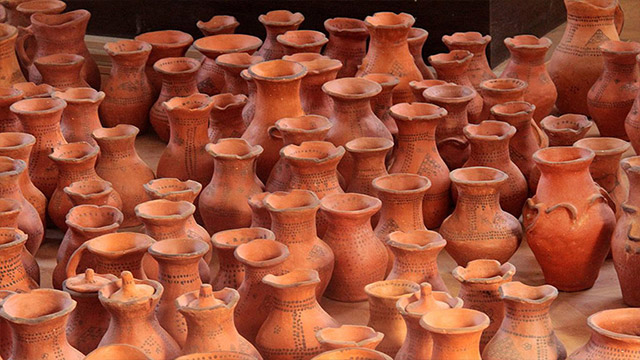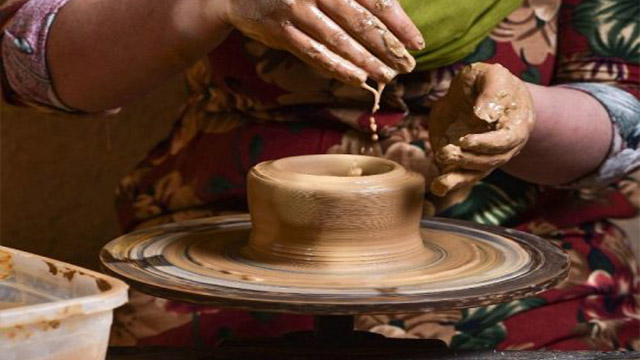Live
فارسی
عربي
ورود از طریق شبکه های اجتماعی
- استفاده مختص کاربران دارای هویت واقعی محرز شده نزد این پایگاه میباشد.
- این سایت در ستاد ساماندهی و بخش جرائم رایانهای دادگستری به ثبت رسیده است.
- گزارش تخلفات احتمالی این سامانه توسط کاربران الزامی می باشد
- کاربران باید طبق قوانین این سامانه که برگرفته از قوانین جرائم رایانه ای می باشد فعالیت کنند
- نام کاربری شما تکراری می باشد

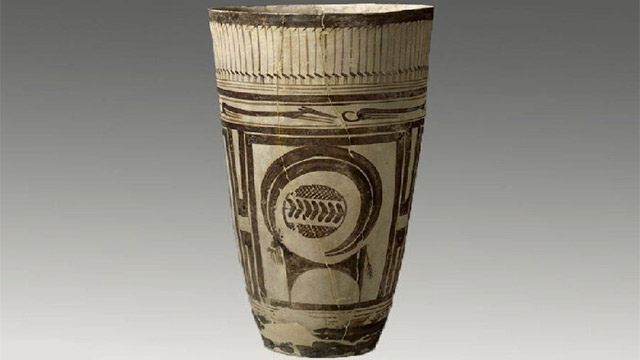
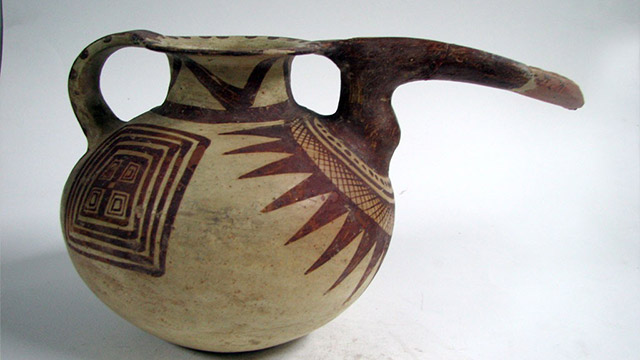
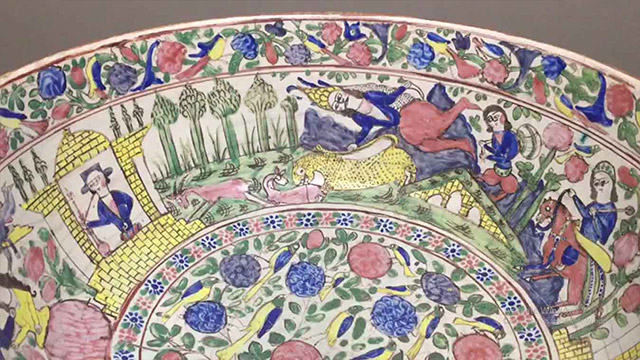 Today, the art of pottery remains vibrant in Iran, both in traditional and industrial forms.
Today, the art of pottery remains vibrant in Iran, both in traditional and industrial forms.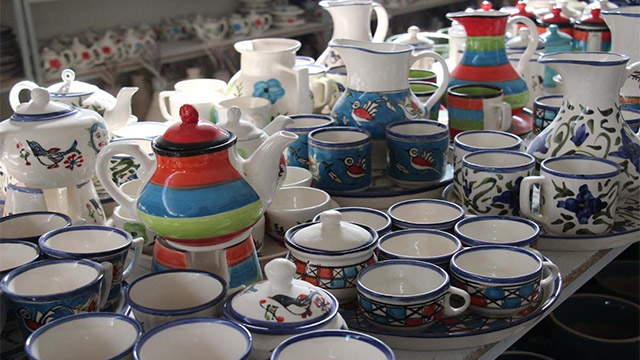


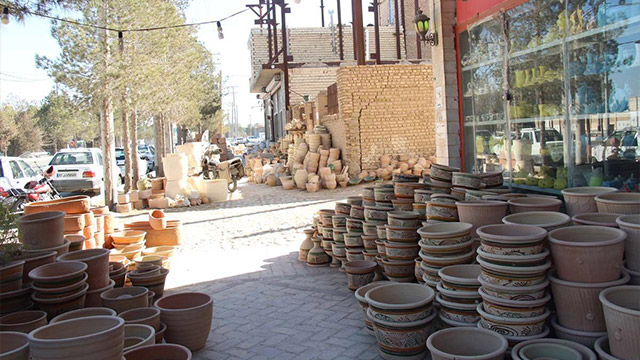
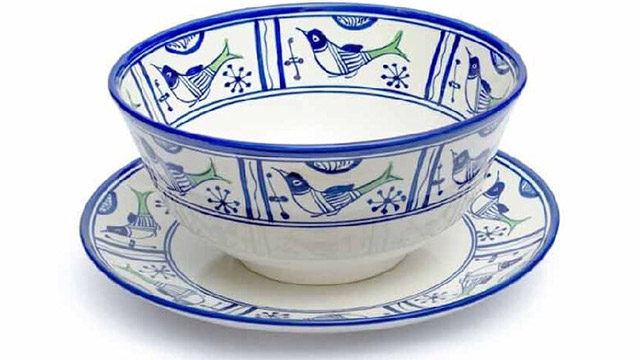 Remarkably, this ancient craft has not only endured but also evolved, adapting to modern demands and urban lifestyles.
Remarkably, this ancient craft has not only endured but also evolved, adapting to modern demands and urban lifestyles.